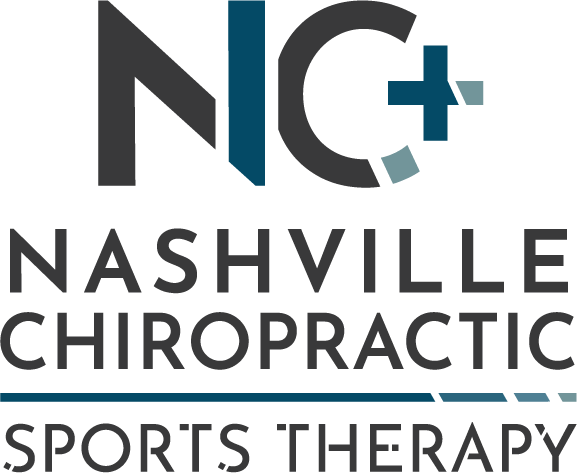PART I: UNDERSTANDING THE PROBLEM
DEFINITION : Recently plantar fasciitis has been better defined as a non-inflammatory fibrotic degeneration of the type 1 collagen fibers of the plantar fascia (1). Sounds complicated- so let’s simplify. Due to excessive load, the plantar fascia tissue starts to have micro tears in it. Typically, an injured tissue would follow an inflammation process for repair. The plantar fascia however is vulnerable to overuse/overload mechanics and minimal rest, both of which limit the acute inflammation process. The tissue accelerates into a disorganized healing process, laying down less than ideal fiber repair. It is advised that you do not assume plantar fasciitis treatment with out confirmation of the diagnosis from a physician.
ANATOMY AND PHYSIOLOGY: The plantar fascia is a fibrous tissue, ligament, on the bottom of the foot attaching from the medial calcaneal tuberosity extending to all 5 toes. The ligament protects the intrinsic muscles of the foot, nerves, and vasculature. Biomechanic responsibility of the plantar fascia includes the “windlass mechanism” in the gait cycle. The ligament at rest, or heel strike, is relaxed and absorbs ground forces and body weight. As the heel raises and center of gravity moves toward the forefoot, the tissue winds up around the first metatarsophalangeal joint, or big toe, draws the tissue taught - shortening the arch distance and increasing the arch height, creating a stiff lever for forward propulsion.
ETIOLOGY/CAUSE: Plantar fasciitis, or possibly better termed fibrosis, occurs when the ligament has been irritated from overuse or overloading- causing microtears to the ligament fibers. The windlass mechanism can be compromised due to plantar fascia pain and degeneration. Limitation in proper mechanics could have lead to the overuse/overloading errors in the first place- example of a positive feedback loop.
POPULATION: Majority of cases are among people over the age of 40. Other populations that are shown to have plantar fascia irritations are middle aged females, runners, soldiers, and person’s with BMI over 35, especially if weight change was rapid. All populations are at risk of plantar fascia irritation if they increase physical activity too quickly or with high load.
WHOLE BODY APPROACH: Other regions of the body should be evaluated to fully determine the biomechanical influences on the plantar fascia. The following regions have been noted in congruence with plantar fasciitis symptoms.
Pes Planus (Flat Arch) - decreases stability for toe off phase
Pes Cavus (High Arch)- decreases absorption at heel strike
Hallux Valgus (Big Toe curving to midline, Bunion Formation) - compromises toe off phase
Tight and Weak Gastrocnemius and Soleus (Calf Muscles)
Weak Flexor Digitorum Brevis Muscle (Foot Muscles)
Tight Hamstrings
There are a number of differential diagnoses that can share similar symptoms as plantar fasciitis. Be sure to consult a movement specialist physician before assuming your diagnosis.
Check back later this week for PART II: TREATMENT AND MANAGEMENT OPTIONS.




